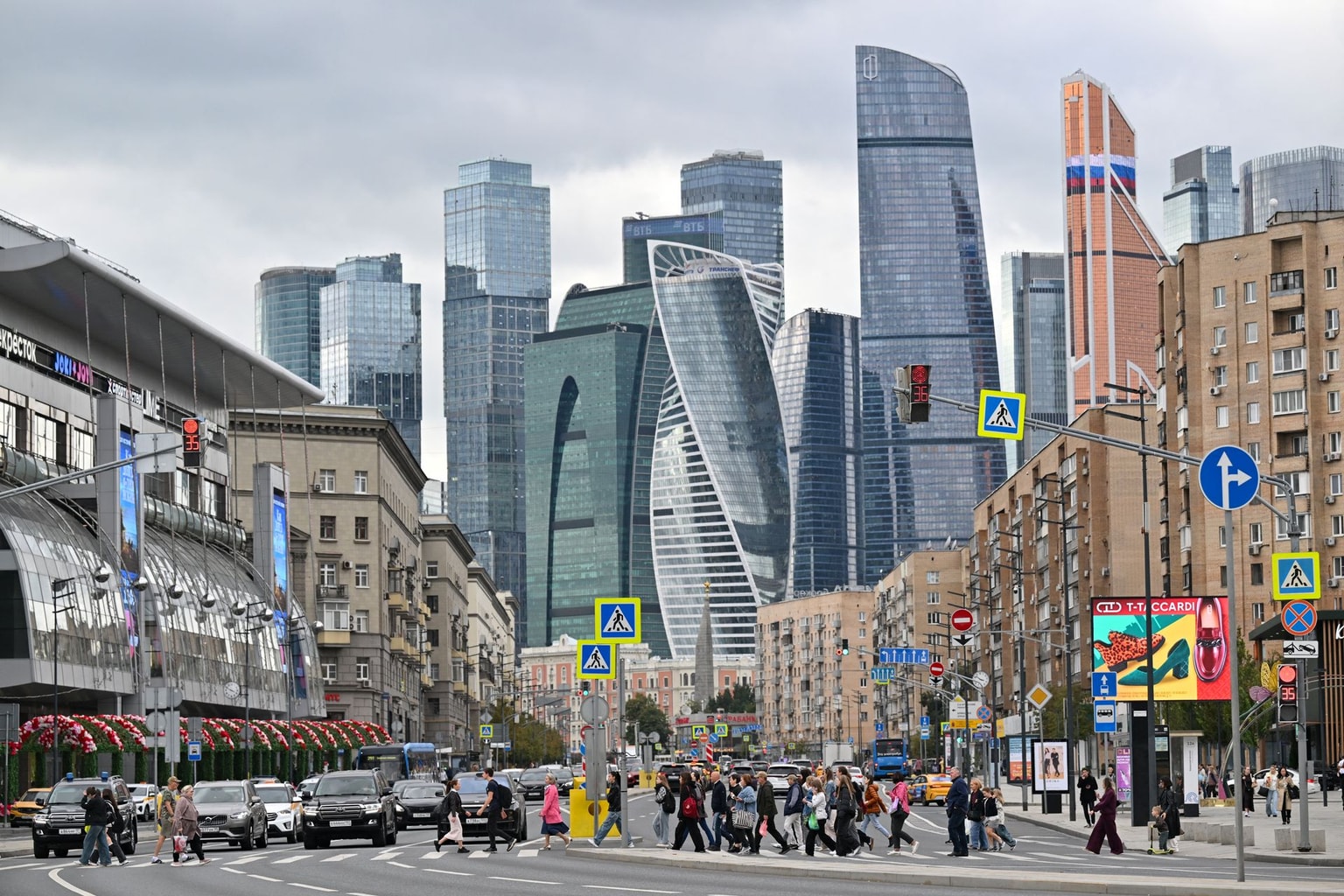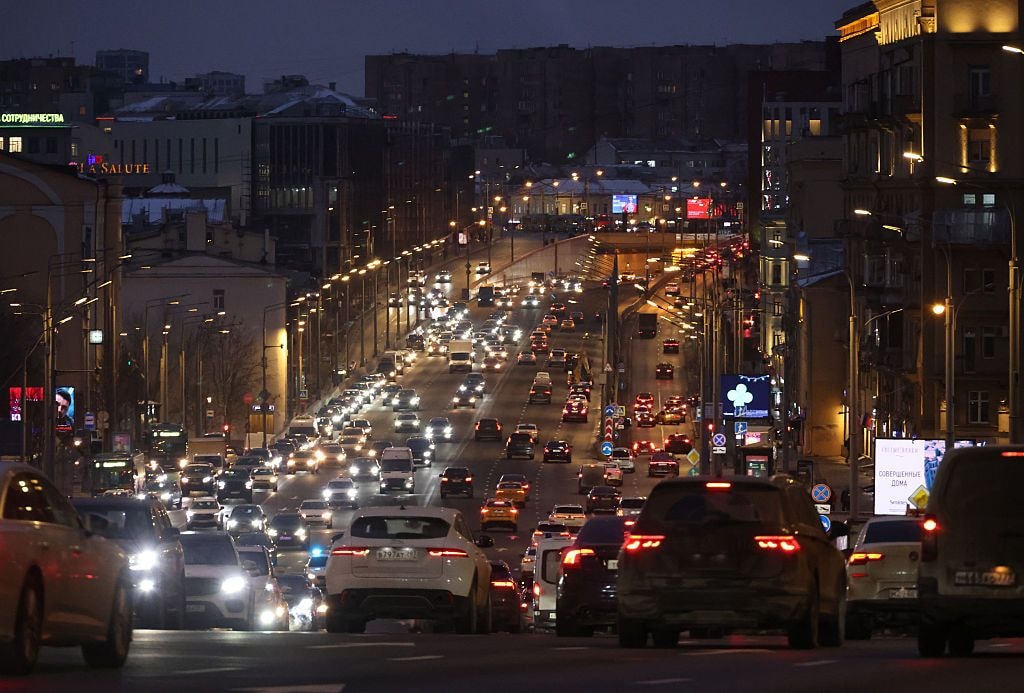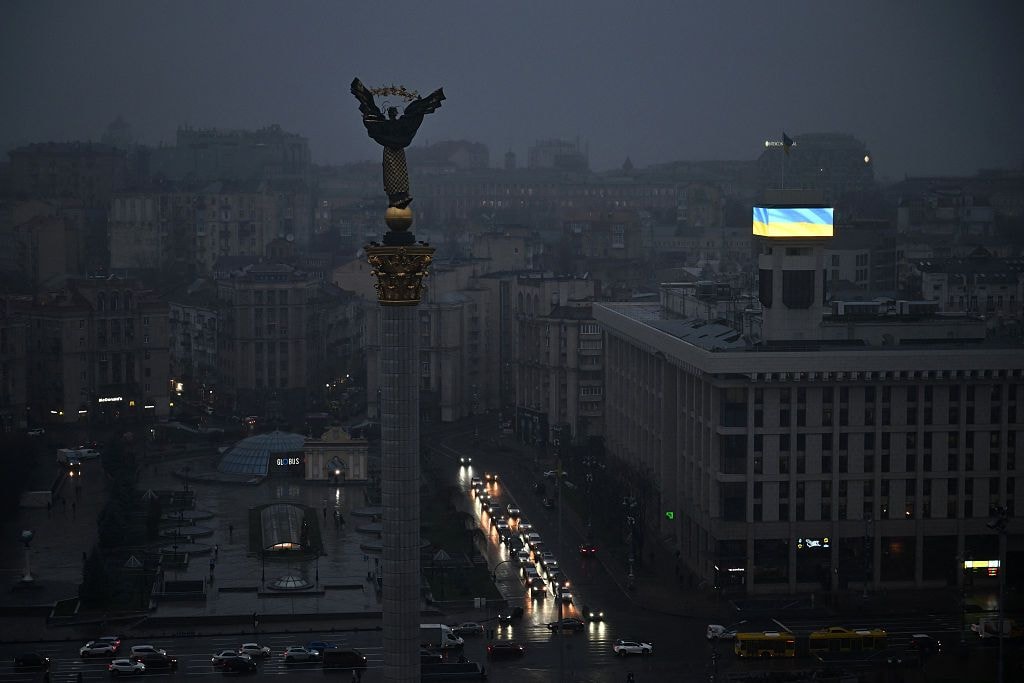
Ukraine must look beyond the EU for its agricultural future
A combine loads grain into a truck during a wheat harvest in a field in Kyiv Oblast, Ukraine, on July 16, 2024. (Anatolii Stepanov / AFP via Getty Images)
The end of the European Union’s tariff-free trade preferences for Ukrainian agricultural products is more than just a policy change, it’s a wake-up call.
For years, the EU has served as the largest and most reliable market for Ukraine’s agricultural exports. But as Brussels rolls back preferential quotas, Ukraine must rapidly diversify and open up new non-EU markets to safeguard its economy and cement its role in global food security.
Ukraine stands at a trading crossroads. It must now decide which path to go down as the European Union plans to apply much higher tariffs on agricultural and other exports as soon as next month.
The Breadbasket of Europe — and beyond
Ukraine has long been known as the breadbasket of Europe. Rich in black soil and abundant in agricultural know-how, the country is a global powerhouse in food production. Even under the shadow of war, after Russia’s invasion, the sector remains a cornerstone of the national economy.
Despite missile strikes, minefields, and logistical nightmares, Ukrainian farmers have kept working. Agricultural products account for 60% of all exports, bringing in an estimated $25 billion in earnings over the past year. The world depends on Ukrainian grain, oilseeds, and foodstuffs. Ukraine is the largest global exporter of sunflower oil, one of the biggest corn exporters, and a major supplier of wheat and barley. That strength must now be redirected toward a broader set of trading partners.
Ukraine doesn’t just offer grain, it offers food security.
Relying too heavily on any one market, especially one where political and economic headwinds can shift quickly, is risky. The EU’s new limits underscore the vulnerability of Ukraine’s agri-export model. To stay competitive, Ukraine must engage more vigorously with other countries in the Middle East, North Africa, and Asia, many of which face mounting food insecurity and would benefit greatly from stable Ukrainian supply lines.

Initiatives like the “Grain from Ukraine” program, providing for some of the poorest countries in Africa, have already shown the strategic value of Ukrainian agriculture. Citizens in Ethiopia, Sudan, Kenya, and many other countries have benefited. But these efforts must now expand from humanitarian aid to long-term commercial partnerships.
What Ukraine has to offer
Ukraine doesn’t just offer grain, it offers food security. As climate change and conflict disrupt food systems across the globe, Ukraine’s agricultural output can serve as a stabilizing force. The country’s ability to deliver large volumes of high-quality produce, often at competitive prices, makes it a natural partner for countries with growing populations and food import needs.
In addition to bulk commodities, Ukraine is increasingly competitive in higher-value products. The country exports hundreds of millions of dollars of organic goods to dozens of countries, despite the war. With growing global demand for sustainable, ethically produced food, Ukrainian agribusinesses are well-positioned to enter niche and premium markets if they get the right support.

The investment gap
Here’s the catch: Seizing these opportunities requires capital. Much of Ukraine’s agricultural infrastructure, storage facilities, railways, and processing plants need investment. Some have been damaged, degraded, or underdeveloped for decades. Logistics routes remain vulnerable. Certification standards and packaging often need to be upgraded to meet the demands of new markets.
Foreign direct investment (FDI) is critical to bridging this gap. Investors in agribusiness, logistics, technology, and processing can find long-term value in Ukraine’s vast agricultural potential. In return, their capital and expertise can help modernize the sector, unlock exports, and create jobs across the country.
Venture capital in agri-tech and climate-resilient farming, for instance, could help Ukrainian producers boost yields and diversify crops. Partnerships with multinational food companies could pave the way for Ukraine to move up the value chain — producing not just raw grain but ready-to-eat foodstuffs, sauces, baby food, and premium packaged goods.
This isn’t just about economics. It’s a matter of national security and global stability. A thriving agricultural sector boosts Ukraine’s GDP, stabilizes rural communities, and reduces dependence on international aid. It also enhances Ukraine’s geopolitical relevance by helping feed an increasingly hungry world.
Ukraine’s farmers have proven their grit. Now they need new markets and the investment to reach them. From North Africa to Southeast Asia, the demand is there. The quality is in Ukraine. What’s needed is the bridge, built through trade policy, diplomacy, and serious foreign investment.
Ukraine must sow the seeds now for a diversified, resilient, and prosperous agricultural future. And the world should be eager to help it grow.
Editor’s Note: The opinions expressed in the op-ed section are those of the authors and do not purport to reflect the views of the Kyiv Independent.










